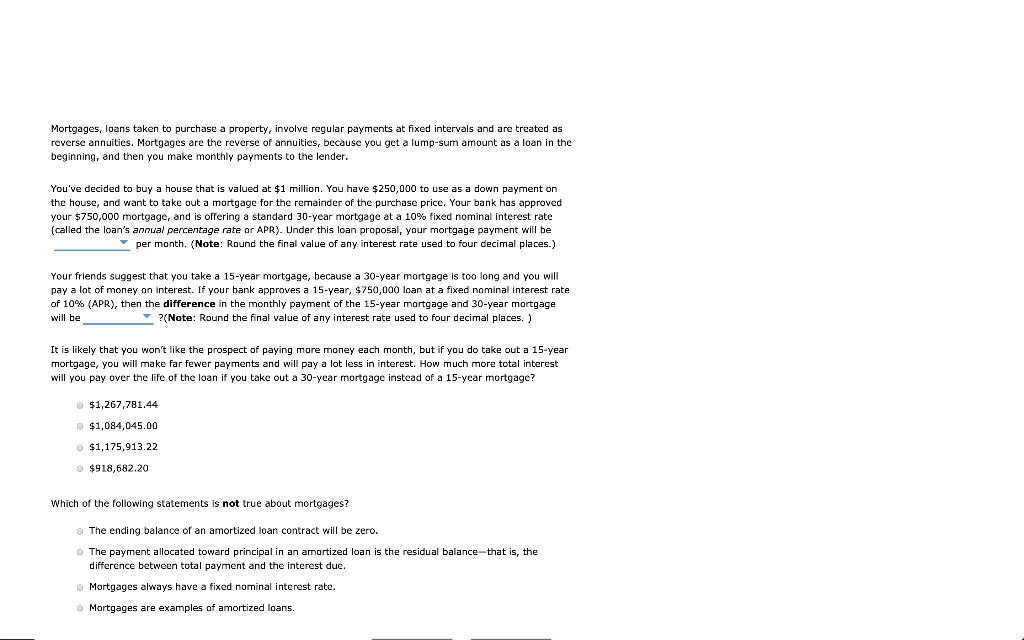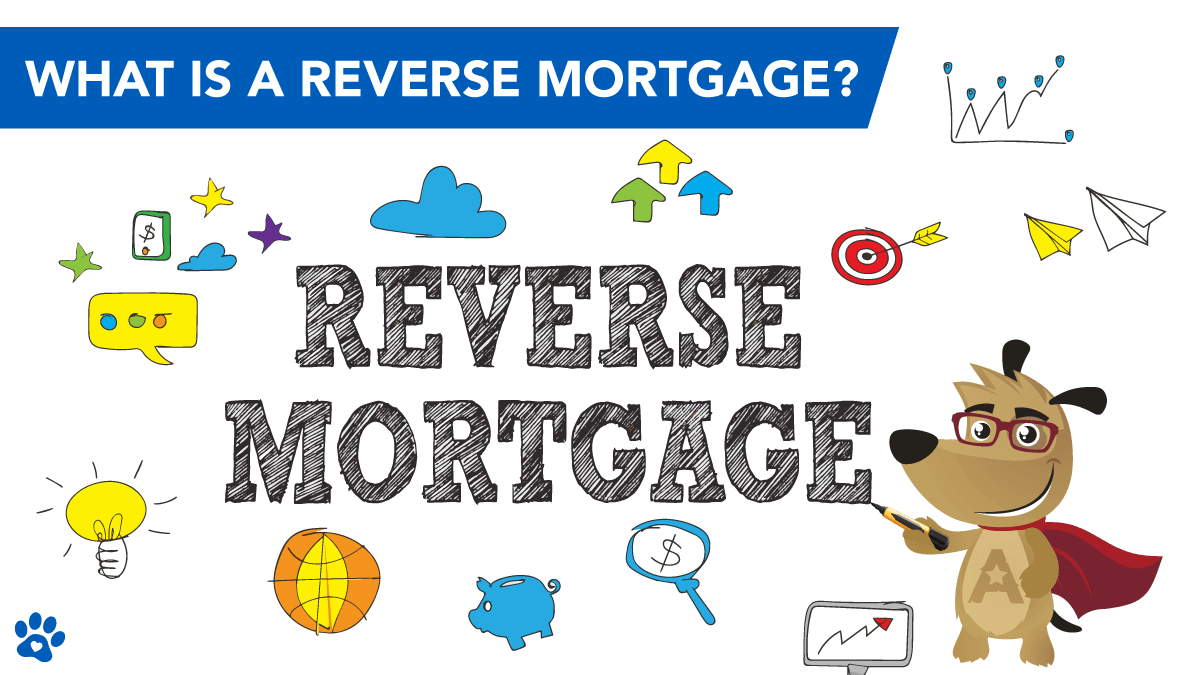According to a 2015 short article in the, in 2014, about 12% of the United States HECM reverse mortgage customers defaulted on "their residential or commercial property taxes or house owners insurance coverage" a "reasonably high default rate". In the United States, reverse home loan customers can face foreclosure if they do not maintain their houses or keep up to date on house owner's insurance coverage and real estate tax.
On 25 April 2014, FHA revised the HECM age eligibility requirements to extend specific defenses to spouses younger than age 62. Under the old standards, the reverse home mortgage could only be composed for the spouse who was 62 or older. If the older partner died, the reverse home loan balance ended up being due and payable if the younger surviving spouse was ended of the HECM loan.
This often created a substantial challenge for spouses of deceased HECM debtors, so FHA revised the eligibility requirements https://twitter.com/wesleygroupllc in Mortgagee Letter 2014-07. Under the new guidelines, spouses who are more youthful than age 62 at the time of origination maintain the defenses offered by the HECM program if the older partner who got the home loan dies.
For a reverse mortgage to be a viable monetary choice, existing mortgage balances typically must be low enough to be settled with the reverse home loan earnings - how do bad credit mortgages work. Nevertheless, customers do have the alternative of paying for their existing home mortgage balance to receive a HECM reverse mortgage. The HECM reverse home mortgage follows the basic FHA eligibility requirements for residential or commercial property type, meaning most 14 family dwellings, FHA approved condominiums, and PUDs qualify.
Prior to beginning the loan procedure for an FHA/HUD-approved reverse home mortgage, applicants must take an authorized therapy course. An authorized therapist must assist discuss how reverse home loans work, the financial and tax ramifications of securing a reverse home loan, payment choices, and costs related to a reverse mortgage. The counseling is indicated to secure customers, although the quality of therapy has actually been slammed by groups such as the Consumer Financial Protection Bureau.
Getting The How Do Rental Mortgages Work To Work
On March 2, 2015, FHA carried out brand-new guidelines that require reverse home loan applicants to go through a monetary evaluation. Though HECM customers are not needed to make month-to-month home mortgage payments, FHA wants to make certain they have the financial ability and determination to keep up with real estate tax and homeowner's insurance (and any other applicable home charges).
Prior to 2015, a Lender might not refuse an ask for a HECM as the requirement is age 62+, own a house, and satisfy preliminary debt-to-equity requirements. With FA, the loan provider might now force Equity "reserved" guidelines and sums that make the loan impossible; the like a declination letter for poor credit.
Acceptable credit - All housing and installation financial obligation payments should have been made on time in the last 12 months; there are no more than 2 30-day late home loan or installment payments in the previous 24 months, and there is no significant bad credit on revolving accounts in the last 12 months.
If no extenuating circumstances can be documented, the borrower might not certify at all or the lender might require a big quantity of the principal limit (if readily available) to be taken into a Life Span Set Aside (LESA) for the payment of property charges (property taxes, homeowners insurance coverage, and so on).

The fixed-rate program comes with the security of an interest rate that does not alter for the life of the reverse mortgage, but the rate of interest is usually higher at the start of the loan than an equivalent adjustable-rate HECM. Adjustable-rate reverse home mortgages generally have interest rates that can change on a month-to-month or yearly basis within certain limits.
How How Reverse Mortgages Work can Save You Time, Stress, and Money.
The preliminary rates of interest, or IIR, is the actual note rate at which interest accumulates on the exceptional loan balance on an annual basis. For fixed-rate reverse home loans, the IIR can never alter. For adjustable-rate reverse home mortgages, the IIR can change with program limitations approximately a life time rates of interest cap.
The EIR is often different from the actual note rate, or IIR. The EIR does not determine the amount of interest that accumulates on the loan balance (the IIR does that). The total pool of money that a debtor can get from a HECM reverse home loan is called the principal limit (PL), which is computed based upon the maximum claim quantity (MCA), the age of the youngest customer, the predicted interest rate (EIR), and a table to PL aspects released by HUD.
A lot of PLs are usually in the series of 50% to 60% of the MCA, however they can sometimes be greater or lower. The table listed below provides examples of principal limitations for numerous ages and EIRs and a home value of $250,000. Customer's https://www.inhersight.com/companies/best/reviews/telecommute?_n=112289508 age at origination Expected interest rate (EIR) Principal limitation element (as of Aug.
5% 0. 478 $119,500 65 7. 0% 0. 332 $83,000 75 5. 5% 0. 553 $138,250 75 7. 0% 0. 410 $102,500 85 5. 5% 0. 644 $161,000 85 7. 0% 0. 513 $128,250 The principal limitation tends to increase with age and reduce as the EIR rises. To put it simply, older debtors tend to certify for more cash than younger borrowers, however the total quantity of cash offered under the HECM program tends to reduce for any ages as rate of interest rise.
Any additional profits available can be distributed to the customer in several ways, which will be detailed next. The cash from a reverse home loan can be distributed in four methods, based on the customer's monetary requirements and goals: Lump amount in cash at settlement Month-to-month payment (loan advance) for a set number of years (term) or life (period) Credit line (similar to a home equity credit line) Some mix of the above Note that the adjustable-rate HECM provides all of the above payment options, but the fixed-rate HECM only offers lump amount.
The 30-Second Trick For How Do Canadian Mortgages Work?

This implies that debtors who decide for a HECM line of credit can potentially gain access to more cash with time than what they initially got approved for at origination. The line of credit growth rate is identified by including 1. 25% to the preliminary interest rate (IIR), which means the line of credit will grow faster if the interest rate on the loan boosts.
Because many borrowers were taking complete draw lump sums (frequently at the encouragement of loan providers) at closing and burning through the cash rapidly, HUD looked for to safeguard borrowers and the viability of the HECM program by limiting the amount of profits that can be accessed within the first 12 months of the loan.
Any staying readily available earnings can be accessed after 12 months. If the overall obligatory commitments exceed 60% of the primary limitation, then the customer can draw an additional 10% of the primary limit if readily available. The Real Estate and Economic Healing Act of 2008 supplied HECM mortgagors with the opportunity to buy a brand-new primary home with HECM loan proceeds the so-called HECM for Purchase program, reliable January 2009.